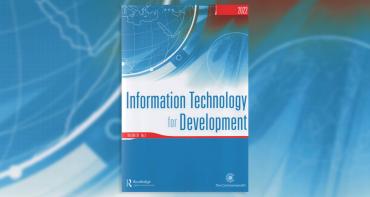The three-day workshop enhanced participants’ understanding of the use of analytical tools in assessing international trade dynamics. The knowledge acquired from the workshop will assist their involvement in trade policy analysis and in determining foreign trade positions and strategies, especially regarding preferential trade agreements. This will also be crucial for the development and implementation of effective and evidence-based trade policies and strategies.

The three-day workshop enhanced participants’ understanding of the use of analytical tools in assessing international trade dynamics. The knowledge acquired from the workshop will assist their involvement in trade policy analysis and in determining foreign trade positions and strategies, especially regarding preferential trade agreements. This will also be crucial for the development and implementation of effective and evidence-based trade policies and strategies.
With 33 participants from the private sector, and various government ministries, departments and agencies, the sessions began with theories of international trade, and focused on different analytical variables and indicators used to assess trends and currents in international trade.
Basic and fundamental statistical analysis tools such as proportions, weights, terms of trade, annual growth rates and exchange rates were examined. Various indicators used to assess the nature of national, regional and international trade patterns, taking into account the different types of firms and economic sectors were also examined. These included: concentration/diversification indices, comparative advantage indicators, similarity indices, intra-industry trade index, trade overlap index and intra-regional trade index.
These indicators are critical in analysing a country’s trade trends by partners and sectors, which is crucial for the development of evidence-based trade strategies. The indicators are also useful in identifying products where a country has comparative advantage and identifying markets where its exports are competitive.
Practical exercises were undertaken to illustrate the concepts behind the indicators. Participants were given data sets and asked to apply the indicators in analysing Jamaica’s export trends and performance. They found the sessions enlightening, and particularly enjoyed the interactive elements.



